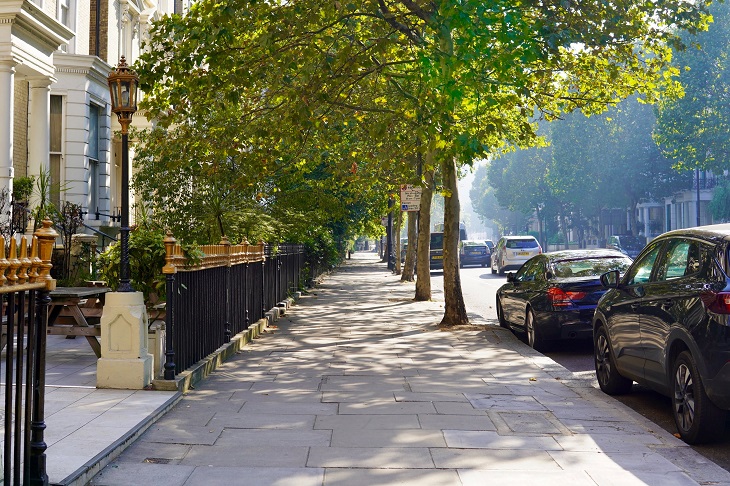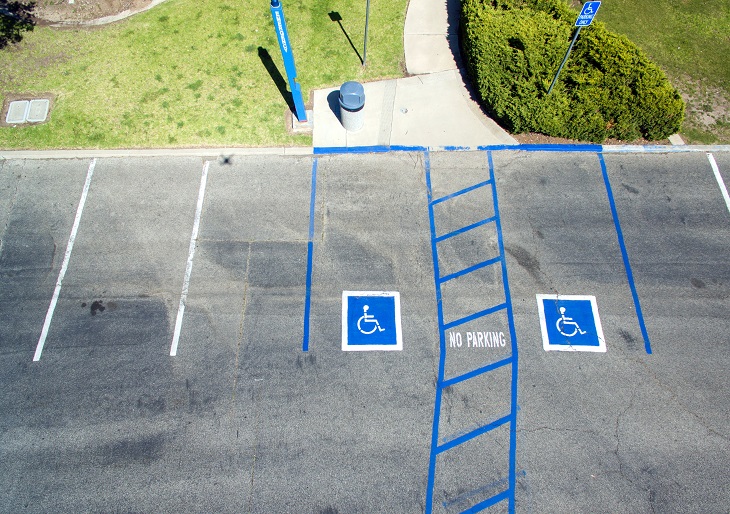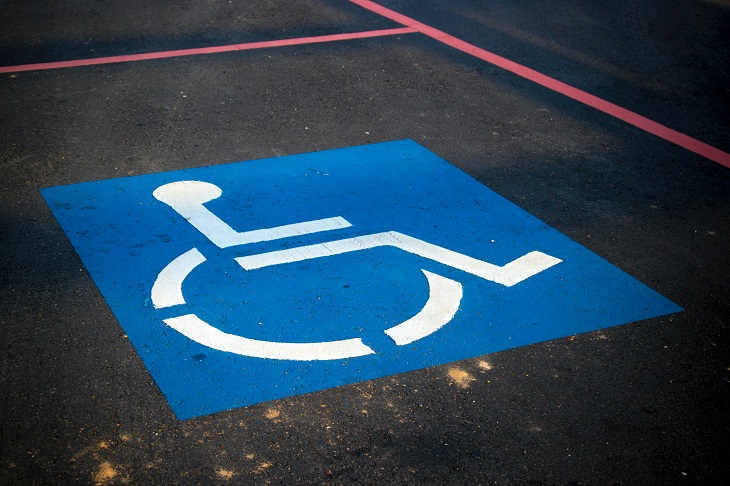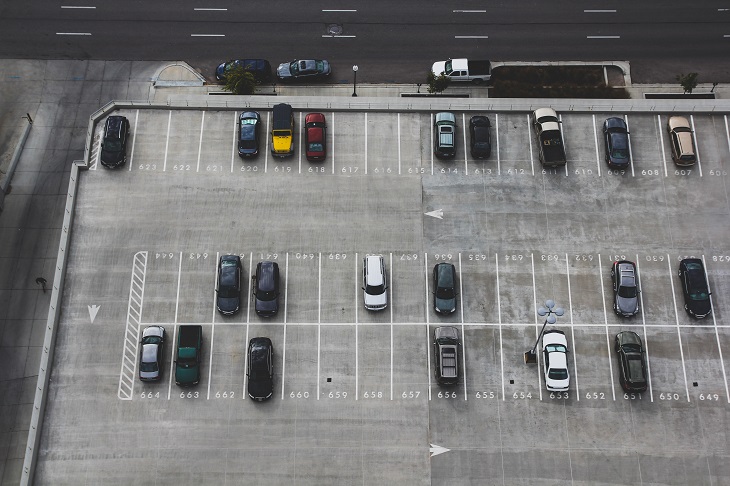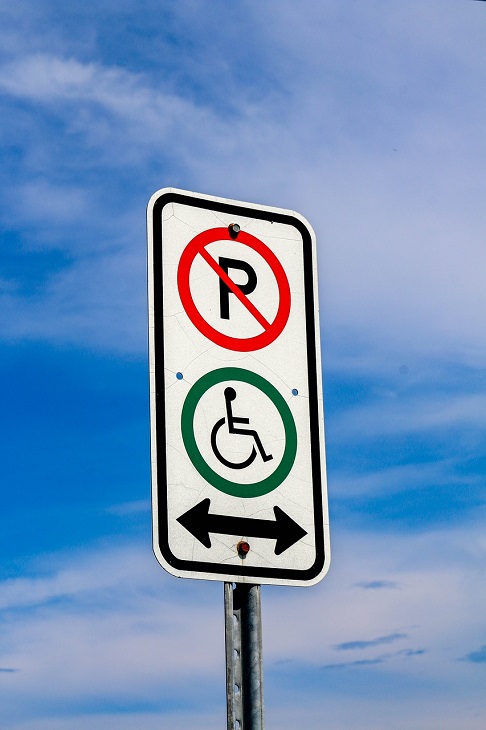Can you park anywhere with a disability placard? This is a question that gets asked a lot – especially by people who are relatively new to disabled parking, or who are about to apply for their very first disabled permit.
Today we will explore how disabled parking rules and regulations can vary state by state, and find out exactly where a disabled parking permit entitles its holder to park.
Is Disabled Parking A Federal Law?
Yes, disabled parking is a federal law. The Americans With Disabilities Act (ADA) specifies the main details that all states must adhere to in their disabled parking programs.
Disabled Parking Rules Vary By State
While all states’ disabled parking programs adhere to ADA rules, all states, and even jurisdictions within states, have their own disabled parking programs. Often, these different programs vary in their fine details. For this reason, it’s crucial that you research and understand the specific disabled parking rules in your area and in any area you intend to visit.
Is There Anywhere I Can’t Park With My Disabled Parking Permit?
So, can people with a disabled parking permit park anywhere? The short answer to this question is… no, they can’t. People who hold a disabled parking permit still need to adhere to local parking laws.
Disabled parking permits do not entitle their holder to disobey state or local parking laws – nor do they necessarily exempt their holder from paying parking fees.
It’s illegal for disabled permit-holders to park in the following places:
- In a zone where the law or ordinance prohibits stopping, parking, or standing of all vehicles.
- In a zone the law or ordinance reserves for special types of vehicles, such as vehicles involved in commercial loading or passenger loading.
- In a zone the law or ordinance reserves for the parking of a vehicle that is involved in the operation of a street vending business.
- In the loading and unloading area of a disabled space (these areas are marked by blue crosshatch striping).
Some states, such as California, operate a color-coded curb system. In California, disabled permit holders may not park:
- In spaces marked with a crosshatched pattern next to a parking space with the International Symbol of Access (wheelchair symbol). These spaces are for wheelchair and wheelchair lift access.
- Next to red curbs, which indicate no stopping, standing, or parking.
- Next to yellow curbs, which are for commercial vehicles to load and unload passengers or freight.
- Next to white curbs, which are for loading and unloading passengers or depositing mail in an adjacent mailbox.
Where Can You Park With A Disability Placard?
In all US states and jurisdictions, a disability placard holder can park for free and for an unlimited time in any designated disabled parking space. These spaces are signposted with the International Symbol of Access. In several jurisdictions, permit holders are also entitled to park in metered, on-street spaces for free for varying amounts of time.
Can You Park Free At A Meter With A Disability Placard?
Texas and Washington State are typical of most states in allowing disabled permit holders to park for free and for an unlimited time in metered, time-restricted on-street spaces. In several states, such as Virginia, permit holders can park for up to four hours in metered or time-restricted spaces without paying a fee.
Some states, such as Illinois, have different placards for people who are meter-exempt and people who are disabled but are not meter-exempt. In New York City, you can park for free at most curbsides on city streets if you have an NYC Parking Permit for People with Disabilities (PPPD). These permits are available to residents and visitors to New York City who are permanently disabled.
Residential Disabled Parking Spaces
In all states, you can request a disabled parking space be installed near your home.
In some states, such as Pennsylvania, each local municipality is responsible for installing requested residential disabled spaces in front of homes.
In other jurisdictions, for example, the Chicago metropolitan area, there is an official program for applying for residential disabled spaces.
Check The Disabled Parking Rules In Your Jurisdiction
As you can see, disabled parking rules can be quite different in different jurisdictions. It’s important to always be sure you know the rules in your jurisdiction and in any jurisdiction you will be visiting.
How To Get A Disabled Parking Permit
You can get a disabled parking permit by visiting the Dr. Handicap online clinic. There, you’ll have a telemedicine consultation with a medical professional who will verify your suitability for disabled parking and complete a DMV application for your state.
Featured image by Erik Mclean on Pexels

